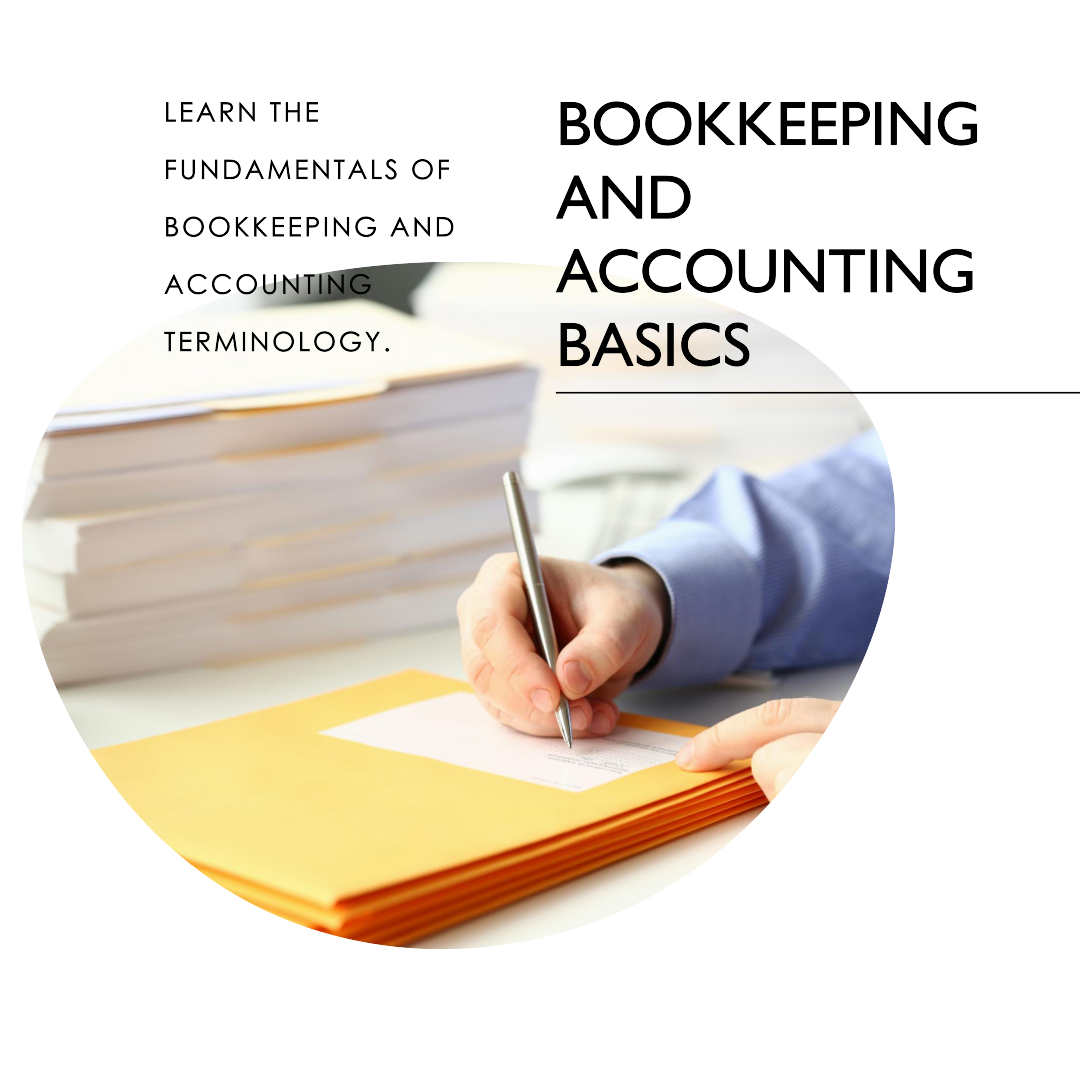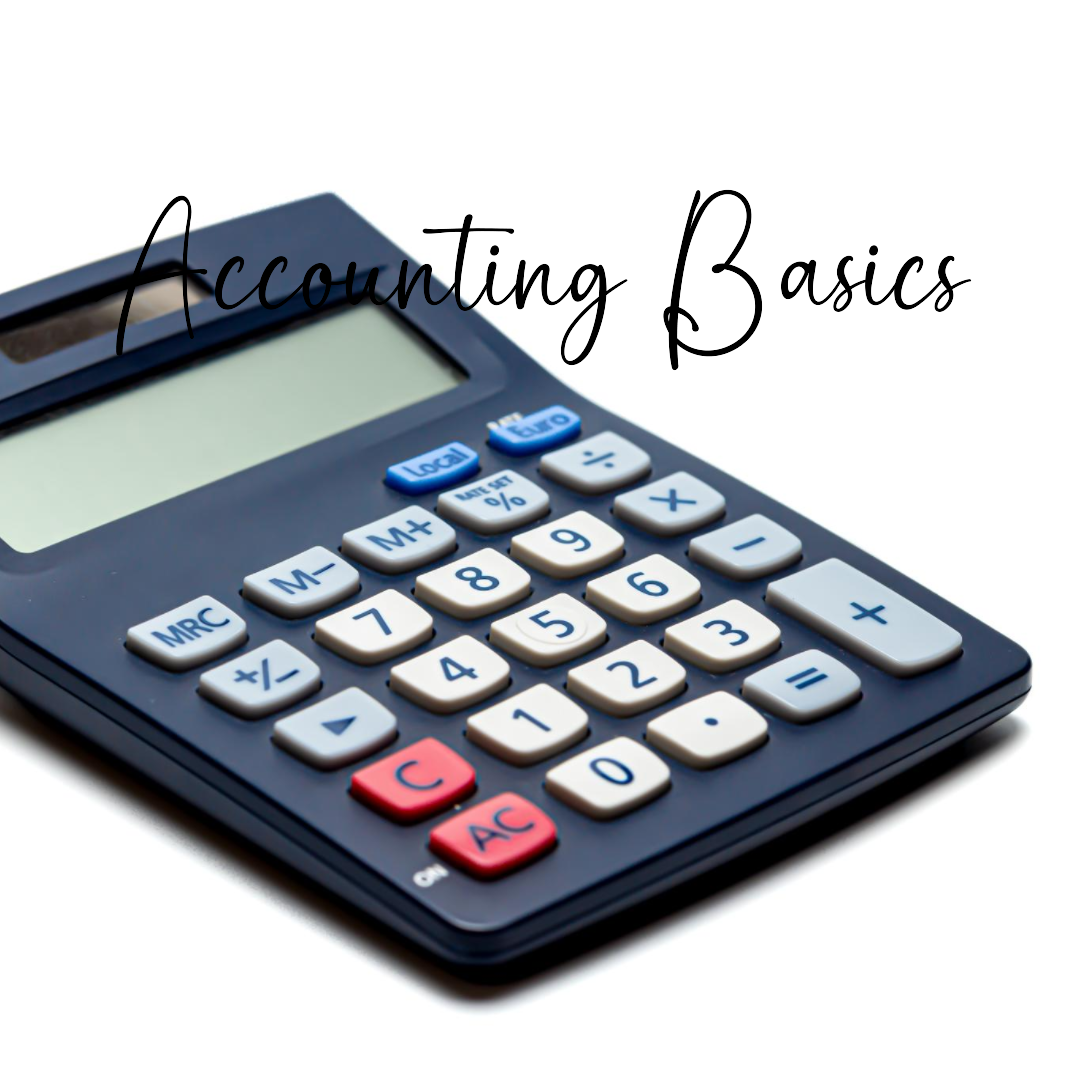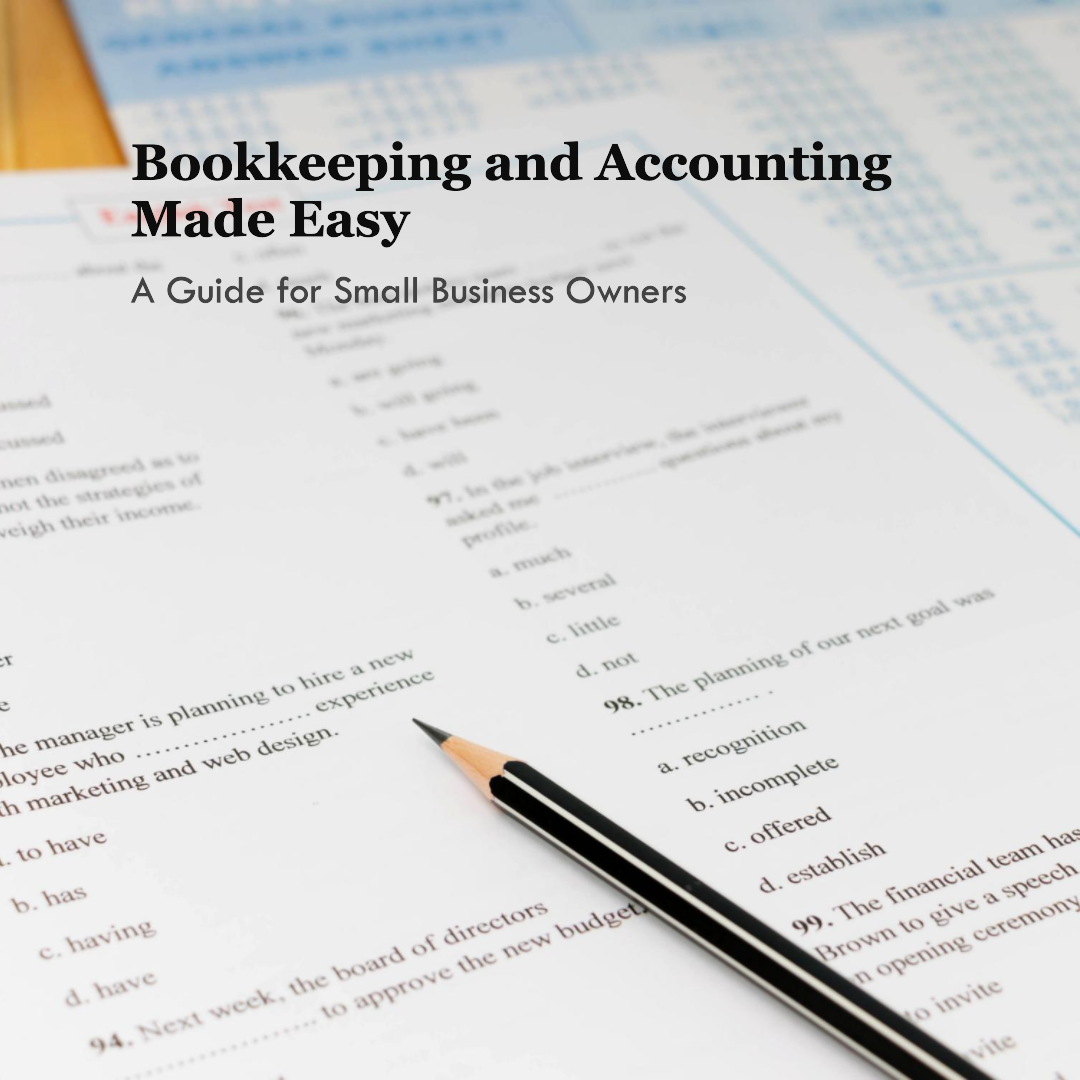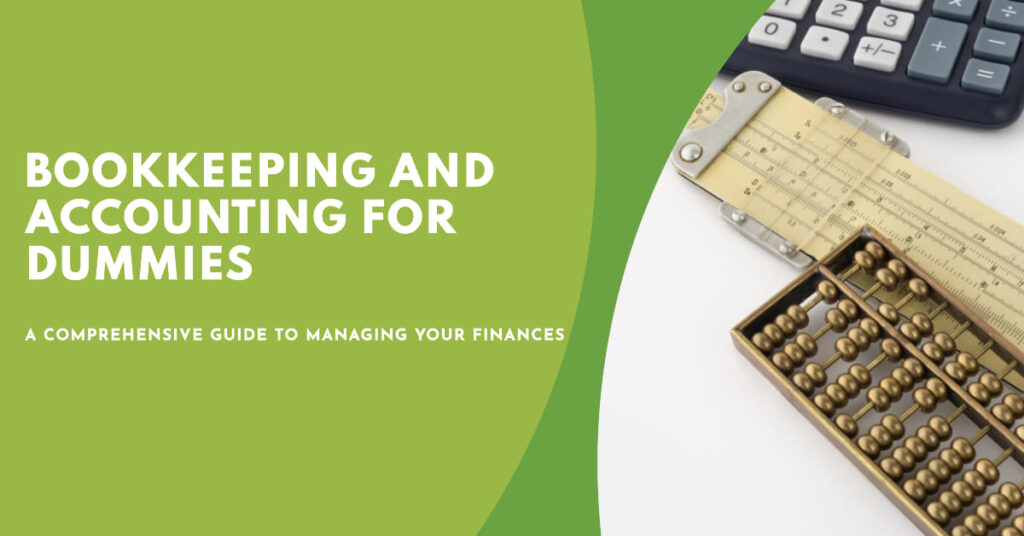Introduction of Bookkeeping and Accounting for Dummies
Bookkeeping and Accounting for Dummies are vital components of any business or organization. They involve the systematic recording, organizing, and analysis of financial transactions, enabling businesses to track their financial health, make informed decisions, and comply with legal and regulatory requirements. If you are new to the world of bookkeeping and accounting, fear not! This comprehensive guide aims to demystify these concepts, providing you with a clear understanding of their roles and importance.

I. Understanding of Bookkeeping and Accounting for Dummies
Bookkeeping and Accounting for Dummies serve as the foundation of the accounting process. It involves the accurate and methodical recording of financial transactions, ensuring that all business activities are properly documented. Bookkeepers play a crucial role in organizing financial data to prepare financial statements and support the decision-making process.
- The Purpose of Bookkeeping
- Accurate Recording: The primary purpose of bookkeeping is to record all financial transactions, including sales, purchases, expenses, and payments, in an organized and systematic manner.
- Financial Reporting: Bookkeeping lays the groundwork for financial reporting, enabling the preparation of essential financial statements, such as the income statement and balance sheet.
- Decision Making: The financial records maintained by bookkeepers provide valuable insights into the financial health of the business, aiding owners and managers in making informed decisions.
2. Basic Bookkeeping Terminology
- Accounts: In bookkeeping, accounts refer to the categories in which financial transactions are recorded. Common accounts include cash, accounts receivable, accounts payable, inventory, and equity.
- Debits and Credits: Debits and credits are the two sides of a financial transaction. A debit represents an increase in assets or expenses and a decrease in liabilities or equity. On the other hand, credit represents an increase in liabilities or equity and a decrease in assets or expenses.
- Journals and Ledgers: Journals are the initial records of financial transactions, while ledgers are the summarized and classified accounts derived from the journals.

II. Introduction to Accounting
Accounting builds on the foundation laid by bookkeeping, offering a deeper analysis of financial data. Accountants interpret, summarize, and report financial information, ensuring that businesses comply with legal requirements and providing insights into the company’s performance.
- The Purpose of Accounting
- Financial Analysis: Accounting involves analyzing financial data to assess the company’s financial performance, stability, and growth potential.
- Compliance: Accountants ensure that financial statements adhere to accounting principles, standards, and legal regulations.
- Decision Making: Accounting information helps stakeholders, including management, investors, and creditors, make well-informed decisions.
2. Types of Accounting
- Financial Accounting: Financial accounting focuses on preparing financial statements for external stakeholders, such as investors, creditors, and regulators.
- Managerial Accounting: Managerial accounting involves providing financial information for internal use, assisting management in decision-making and performance evaluation.
- Tax Accounting: Tax accounting deals with tax planning, preparation, and compliance, ensuring businesses meet their tax obligations.
III. Double-Entry Bookkeeping and Accounting for Dummies
Double-entry bookkeeping is the cornerstone of both bookkeeping and accounting. It ensures that every transaction is recorded with two entries, maintaining the accounting equation (Assets = Liabilities + Equity) and providing an accurate representation of the company’s financial position.
- The Accounting Equation
The accounting equation reflects the fundamental relationship between a company’s assets, liabilities, and equity. Every transaction must adhere to this equation to ensure the books are balanced.
2. The Role of Debits and Credits
- Assets: An increase in assets is recorded as a debit, and a decrease is recorded as a credit.
- Liabilities: An increase in liabilities is recorded as a credit, and a decrease is recorded as a debit.
- Equity: An increase in equity is recorded as a credit, and a decrease is recorded as a debit.
IV. The Bookkeeping Process
The bookkeeping process involves several steps, each crucial to maintaining accurate financial records. Let’s explore the key stages:
- Recording Transactions-The first step in bookkeeping is recording financial transactions in journals. Each transaction must include equal debits and credits to keep the accounting equation in balance.
- Posting to Ledgers –After recording transactions in journals, the data is transferred to the respective accounts in the general ledger. This process is called posting.
- Trial Balance –A trial balance is prepared to ensure that total debits equal total credits. Any discrepancies must be identified and corrected before proceeding.
- Adjusting Entries –Adjusting entries are made at the end of an accounting period to record revenues and expenses that have not yet been recorded and to update accounts for accruals and deferrals.
- Financial Statements – The final step is preparing financial statements, including the income statement, balance sheet, and cash flow statement.

V. Financial Statements Explained
Financial statements are crucial in providing an overview of a company’s financial performance and position. Let’s examine the main types of financial statements:
- Income Statement – The income statement, also known as the profit and loss statement, presents a summary of a company’s revenues, expenses, and net income or loss over a specific period.
- Balance Sheet –The balance sheet provides a snapshot of a company’s assets, liabilities, and equity at a particular point in time.
- Cash Flow Statement –The cash flow statement details the cash inflows and outflows over a specified period, helping assess a company’s liquidity and cash management.
VI. Differentiating Bookkeeping and Accounting for Dummies
While Bookkeeping and Accounting for Dummies are interrelated, they serve distinct purposes and involve different tasks.
- Bookkeeping Focus –Bookkeeping primarily focuses on recording and organizing financial transactions, ensuring accuracy and completeness.
- Accounting Focus –Accounting involves the interpretation and analysis of financial data, preparing financial statements, and providing insights for decision-making.
VII. Importance of Bookkeeping and Accounting for Dummies
Both Bookkeeping and Accounting for Dummies play essential roles in the financial management of businesses and organizations.
- Decision Making –Accurate financial records and well-prepared financial statements provide the necessary data for making informed decisions.
- Compliance – Proper bookkeeping and accounting ensure that businesses comply with accounting principles and legal requirements.
- Financial Planning – Financial records serve as the basis for budgeting and financial planning, helping businesses allocate resources effectively.
- Transparency and Accountability – Well-maintained financial records foster transparency and accountability within an organization, reassuring stakeholders about the company’s financial health.
VIII. Bookkeeping and Accounting for Dummies in Software
Advancements in technology have led to the development of sophisticated bookkeeping and accounting software, streamlining financial processes and reducing manual errors.
- Popular Bookkeeping Software
- QuickBooks: QuickBooks is one of the most widely used accounting software, offering comprehensive features for bookkeeping and financial management.
- Xero: Xero is another popular cloud-based accounting software known for its user-friendly interface and time-saving automation.
2. Popular Accounting Software
- Sage Intacct: Sage Intacct is an advanced accounting software designed for growing businesses, offering robust reporting and financial analysis capabilities.
- Zoho Books: Zoho Books is a budget-friendly accounting solution suitable for small businesses, providing essential accounting features.

IX. Bookkeeping and Accounting for Dummies for Small Businesses
Small businesses often face unique challenges when it comes to bookkeeping and accounting. Here are some tips to help small business owners navigate these waters:
- Separate Personal and Business Finances
Maintaining separate bank accounts and credit cards for personal and business use ensures clean financial records.
2. Consistent Record-Keeping
Maintaining a regular schedule for recording financial transactions prevents backlogs and ensures accurate financial data.
3. Automate Repetitive Tasks
Utilize accounting software to automate tasks like invoicing, expense tracking, and reconciliation, saving time and minimizing errors.
4. Seek Professional Advice
Engaging with a professional bookkeeper or accountant can provide valuable guidance on tax planning, compliance, and financial decision-making.
X. Conclusion of Bookkeeping and Accounting for Dummies
Bookkeeping and Accounting for Dummies are essential functions in any business, providing the foundation for financial management and informed decision-making. Understanding the basics of bookkeeping and accounting empowers individuals and businesses to maintain accurate records, comply with legal requirements, and gain valuable insights into their financial performance. Whether you are a business owner, aspiring accountant, or curious individual, the knowledge gained from this guide will undoubtedly prove valuable on your journey into the world of bookkeeping and Accounting for Dummies.



